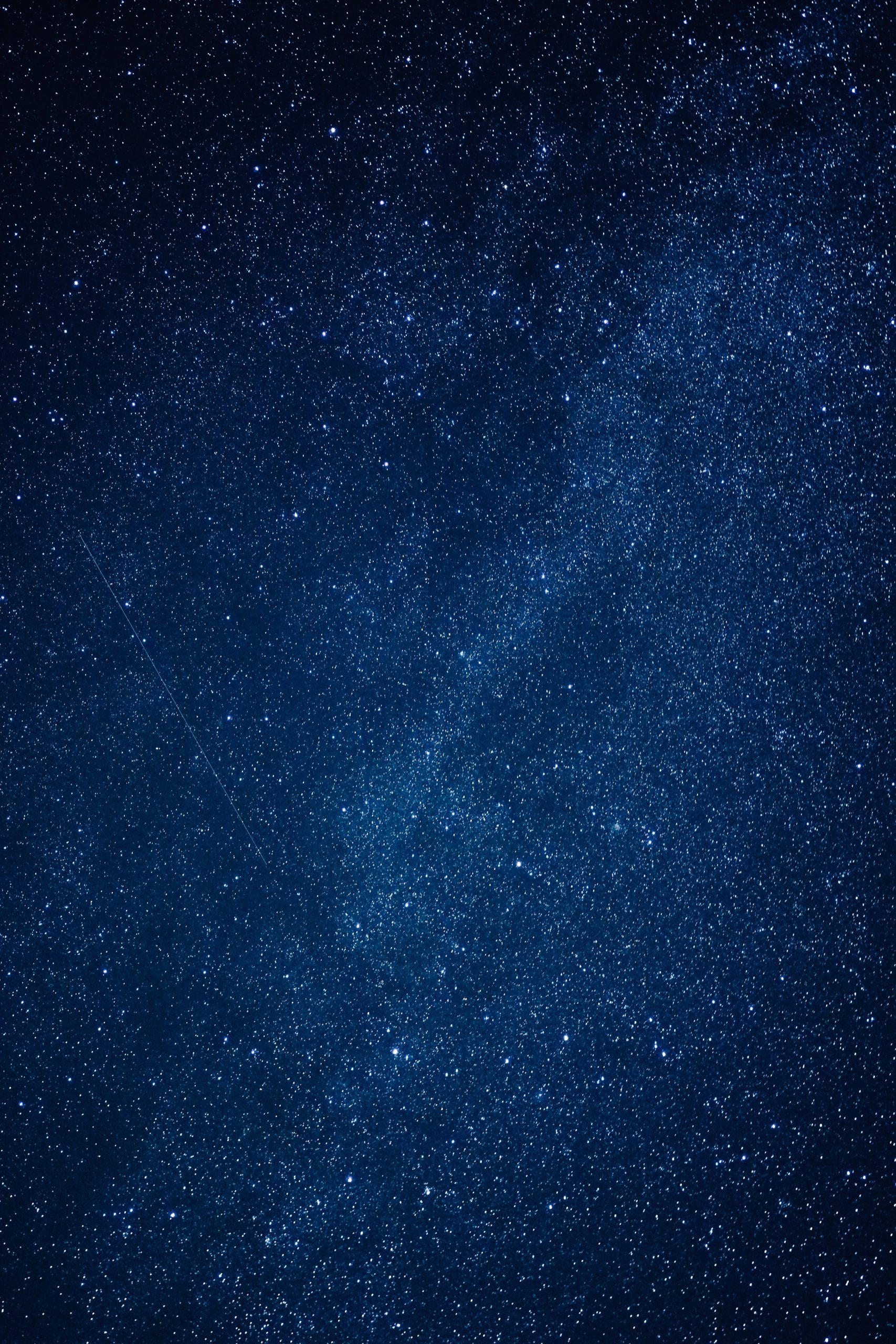Explaining the Phases of the Moon: A Comprehensive Guide for Class 8 Students
Understanding the moon and its various phases is an essential part of studying astronomy. When you look up at the night sky, you may have noticed that the moon appears to change its shape every night. These changes, known as the phases of the moon, are a fascinating natural phenomenon that occurs due to the relative positions of the Earth, Sun, and Moon. In this blog post, we will dive deep into the topic and explain each phase of the moon in detail. So, let’s embark on this astronomical journey!
What Causes the Phases of the Moon?
Before we delve into the details of each phase, it is essential to understand the basic cause behind the moon’s changing appearance. The phases of the moon occur because of the moon’s revolution around the Earth and the illumination it receives from the Sun.
The moon does not produce its own light but shines by reflecting sunlight. As it orbits around the Earth, different parts of the moon become visible to us, depending on the Sun’s illumination. The changing positions of the Earth, Moon, and Sun create distinct phases, resulting in the moon’s varying shape.
The Eight Phases of the Moon:
Now that we have a grasp on the fundamental concept, let’s explore each phase of the moon in chronological order:
1. New Moon:
The new moon marks the beginning of the lunar cycle. During this phase, sunlight falls entirely on the side of the moon facing away from the Earth. As a result, the moon becomes invisible from the Earth. It is called the “new” moon because it signifies the start of a new lunar month.
2. Waxing Crescent:
Following the new moon, we move into the waxing crescent phase. During this period, a small portion of the moon (less than half) begins to appear illuminated to observers on Earth. The illuminated part grows gradually and takes on a crescent shape.
3. First Quarter (Half Moon):
The first quarter phase is commonly known as the half moon or the quarter moon. At this stage, exactly 50% of the moon is visible from the Earth. The right half of the moon is brightly lit while the left half remains dark. This phase occurs about one week after the new moon phase.
4. Waxing Gibbous:
As the moon continues on its orbit, it enters the waxing gibbous phase. During this period, more than half of the moon becomes visible from Earth. The illuminated portion gradually increases and takes on a shape resembling a convex or bulging crescent.
5. Full Moon:
The full moon is perhaps the most recognizable phase. It occurs when the Earth is located between the Sun and the Moon, with the three celestial bodies aligned in a straight line. In this phase, the entire face of the moon becomes fully illuminated, appearing as a complete circle.
6. Waning Gibbous:
After the full moon, the moon gradually transitions into the waning gibbous phase. This phase is similar to the waxing gibbous phase but occurs in reverse. More than half of the moon is still visible but starts to decrease gradually as it moves towards the next phase.
7. Last Quarter (Half Moon):
Also known as the third quarter, this phase of the moon occurs approximately three weeks after the new moon. During this phase, once again, exactly 50% of the moon becomes visible from Earth. However, this time, the left half of the moon is lit while the right half remains dark.
8. Waning Crescent:
The final stage of the lunar cycle is the waning crescent phase. During this period, a small portion of the moon becomes visible, resembling a crescent shape. The illuminated part gradually diminishes until it eventually reaches the new moon phase, restarting the entire cycle.
Understanding the Lunar Cycle:
Now that we have explored each phase of the moon in detail let’s try to comprehend the bigger picture: the lunar cycle. The lunar cycle refers to the complete sequence of all eight phases of the moon, starting from the new moon to the next new moon. The cycle repeats approximately every 29.5 days, known as a synodic month.
It’s interesting to note that the moon’s position in the sky changes every night, and therefore we see different phases over the course of a month. By observing and understanding these phases, we gain valuable insights into the Earth-Moon-Sun system and the interplay of their gravitational forces.
Conclusion:
The moon’s phases have captured human curiosity for thousands of years. From ancient civilizations to modern-day scientists, the understanding of these celestial events has paved the way for astronomical advancements and discoveries. As a Class 8 student, studying the phases of the moon provides a solid foundation for grasping more complex astronomical concepts in the future.
Remember, the next time you gaze at the night sky, try to identify the moon’s phase and appreciate the intricate dance of celestial bodies occurring right before your eyes. Happy stargazing!
Table of Contents
